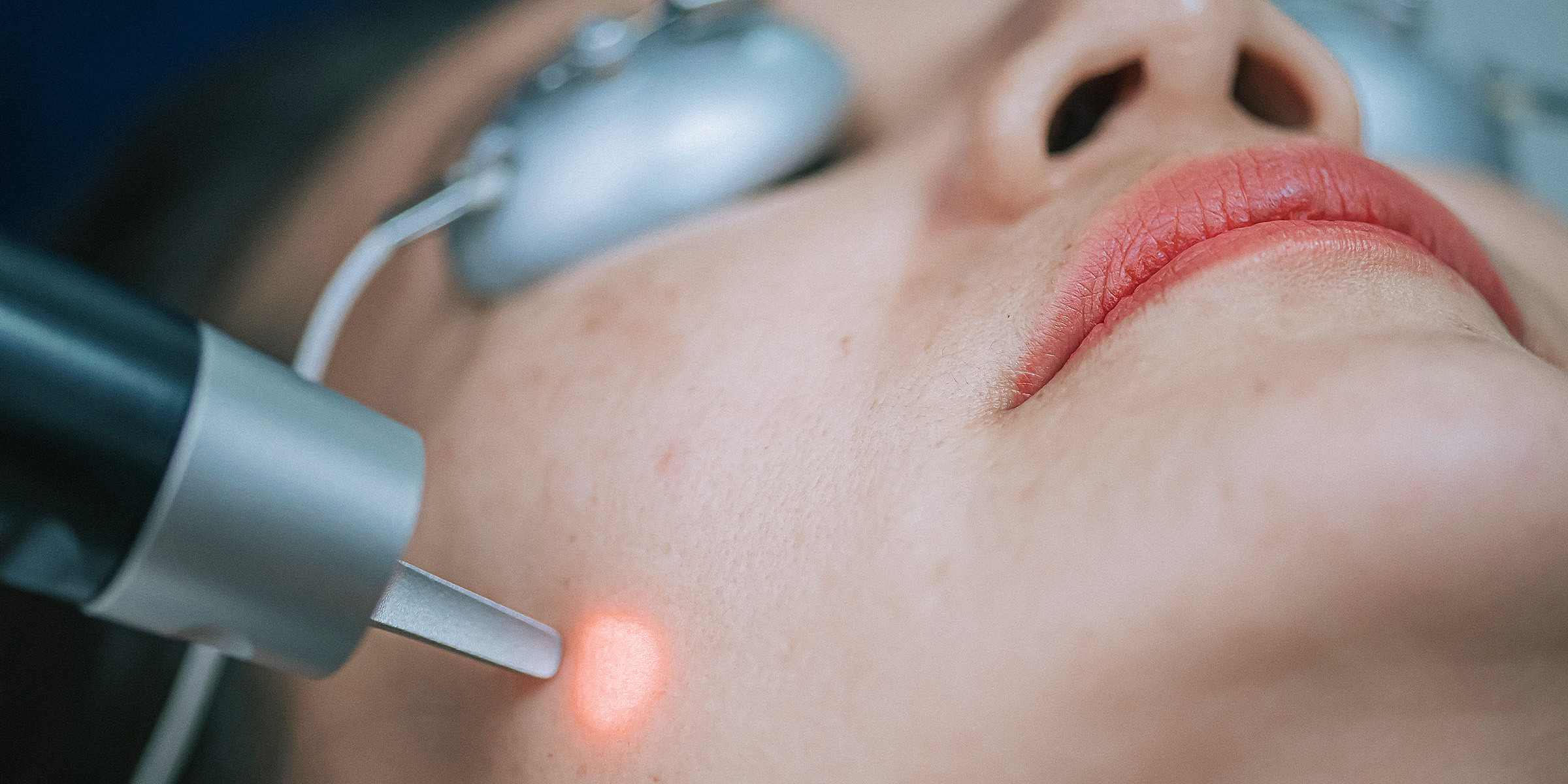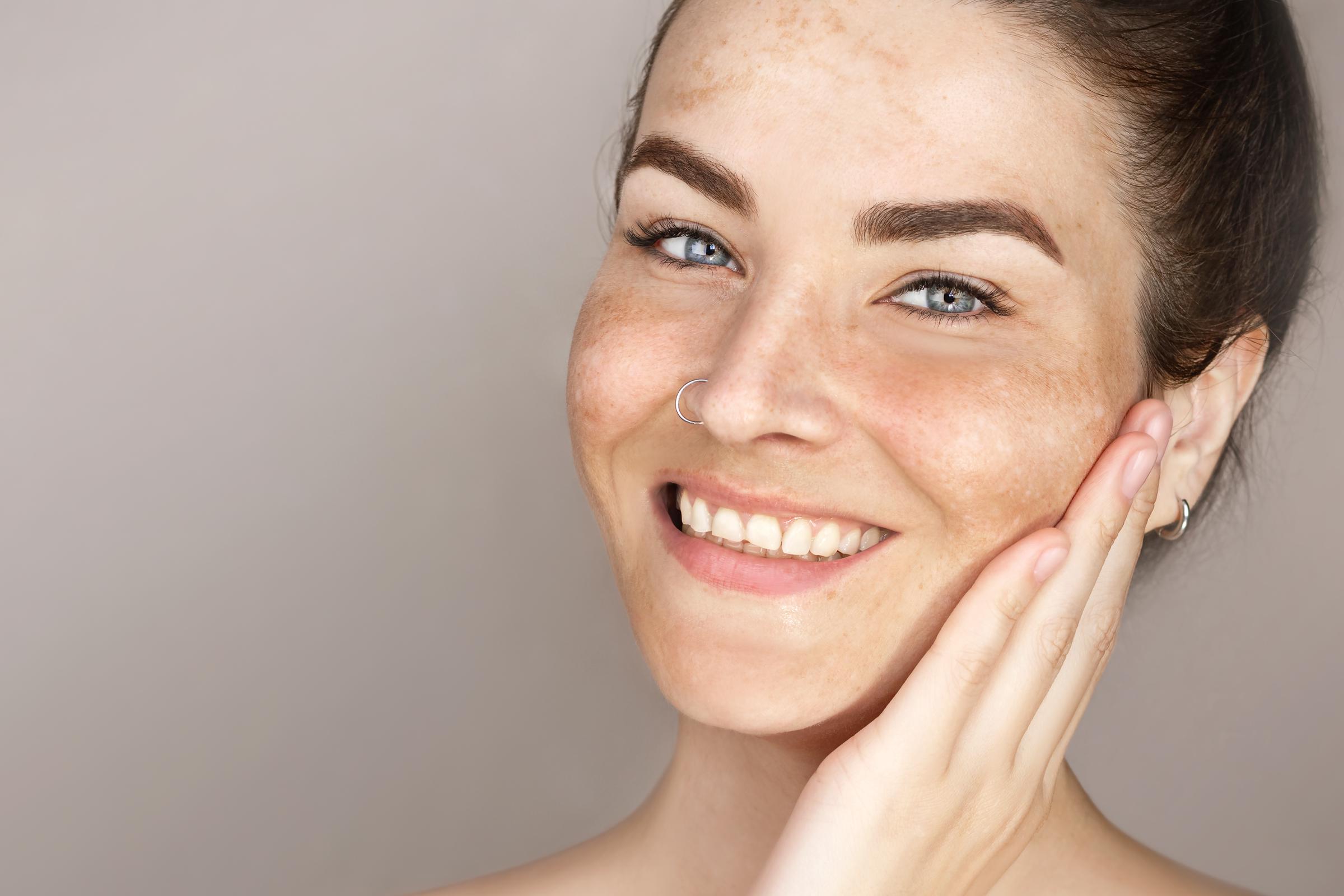
Laser Skin Resurfacing: How It Works, Benefits, and What to Expect
Laser skin resurfacing, or laser skin tightening, has gained popularity over the last few years and is often praised for offering results similar to facial fillers — just without the needles.
Laser skin resurfacing has been around for decades and is a procedure that has been used to treat various skin concerns. It's often acclaimed for how youthful and healthy it leaves skin looking and seems to age those who get it done backwards.
While laser skin resurfacing delivers proven results, it's important to do your research before going for it. So, before you book that appointment, here's what you should know.

A woman undegoing laser treatment | Source: Getty Images
What Is Laser Skin Resurfacing?
Laser skin resurfacing — also known as laser peel, laser vaporization or lasabrasion — is a process during which an energy-based device is used to remove skin layer by layer. During the healing process, the new cells that form give the skin a tighter, more youthful appearance.
The treatment is often used to treat the following concerns:
- Warts
- Age spots or liver spots
- Skin scars from birthmarks
- Sun-damaged skin
- Enlarged oil glands on your nose
- Birthmarks such as linear epidermal nevi

A young woman with age spots | Source: Getty Images
Additionally, if you have fine lines, wrinkles, shallow acne scars, uneven skin tone or texture, then you may be a good candidate for laser skin resurfacing.
There are two main types of devices — ablative and nonablative — each catering to specific needs. Once you've communicated your own needs and expectations with your provider, they can recommend the most appropriate device for you.
What Are the Risks of Laser Skin Resurfacing?
While laser skin resurfacing does offer improved skin appearance, there are potential risks and side effects you may encounter. These include:
Although laser skin resurfacing can significantly improve your skin's appearance, there are potential risks and side effects to consider. These may include:
- Burns or other injuries from the laser's heat
- Exacerbated acne
- Scarring
- Skin discoloration
- Reactivated herpes cold sores
- Bacterial infection

A woman noticing her skin is inflamed | Source: Getty Images
Who Should Avoid Laser Skin Resurfacing?
Unfortunately, not everyone can add laser resurfacing to their beauty routine. You may need to avoid the procedure if you have excessive or sagging skin, deep wrinkles, active acne, are pregnant or breastfeeding, have a weakened immune system, or have a deeper skin tone.
Additionally, you may be advised to avoid the treatment if you:
- Have a connective tissue disease or an autoimmune disease
- Have a history of an outward-turning eyelid, which is a condition called ectropion
- Have had radiation therapy to the face
- Have had laser resurfacing before
- Are prone to cold sores or have had a recent outbreak of cold sores or herpes virus infection
- Have a history of keloid scars
- Have taken the medicine isotretinoin in the past year
What to Expect Before a Laser Skin Resurfacing Session
Before undergoing laser skin resurfacing, you'll likely have a consultation with your provider, who will review your medical history to rule out potential risks. They'll also examine your skin and the area to be treated.
Additionally, they will discuss your expectations and outline the process to ensure you understand what to expect. They may also prescribe you antiviral medication to avoid side effects and advise you to avoid sun exposure without protection leading up to your session.
